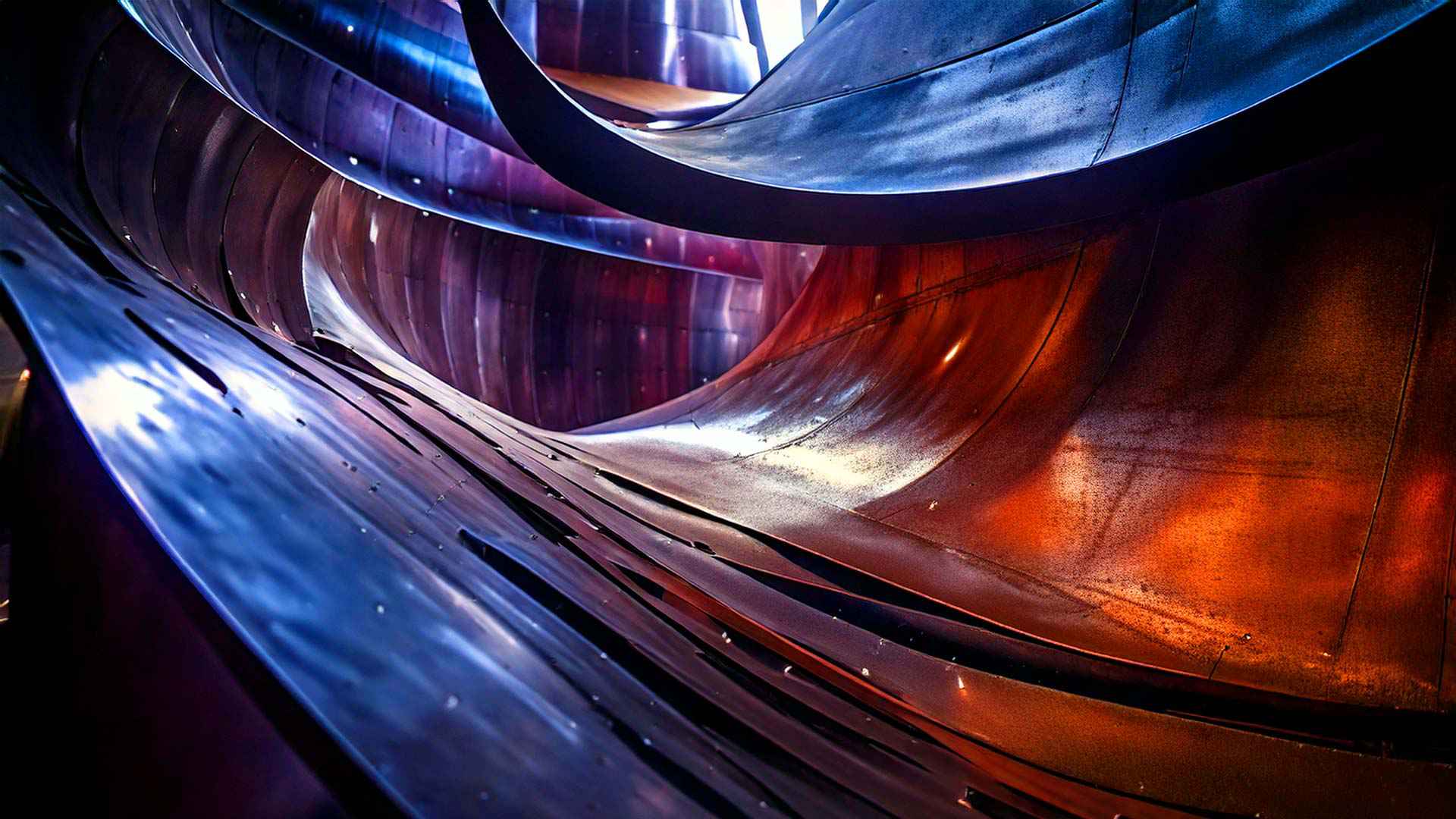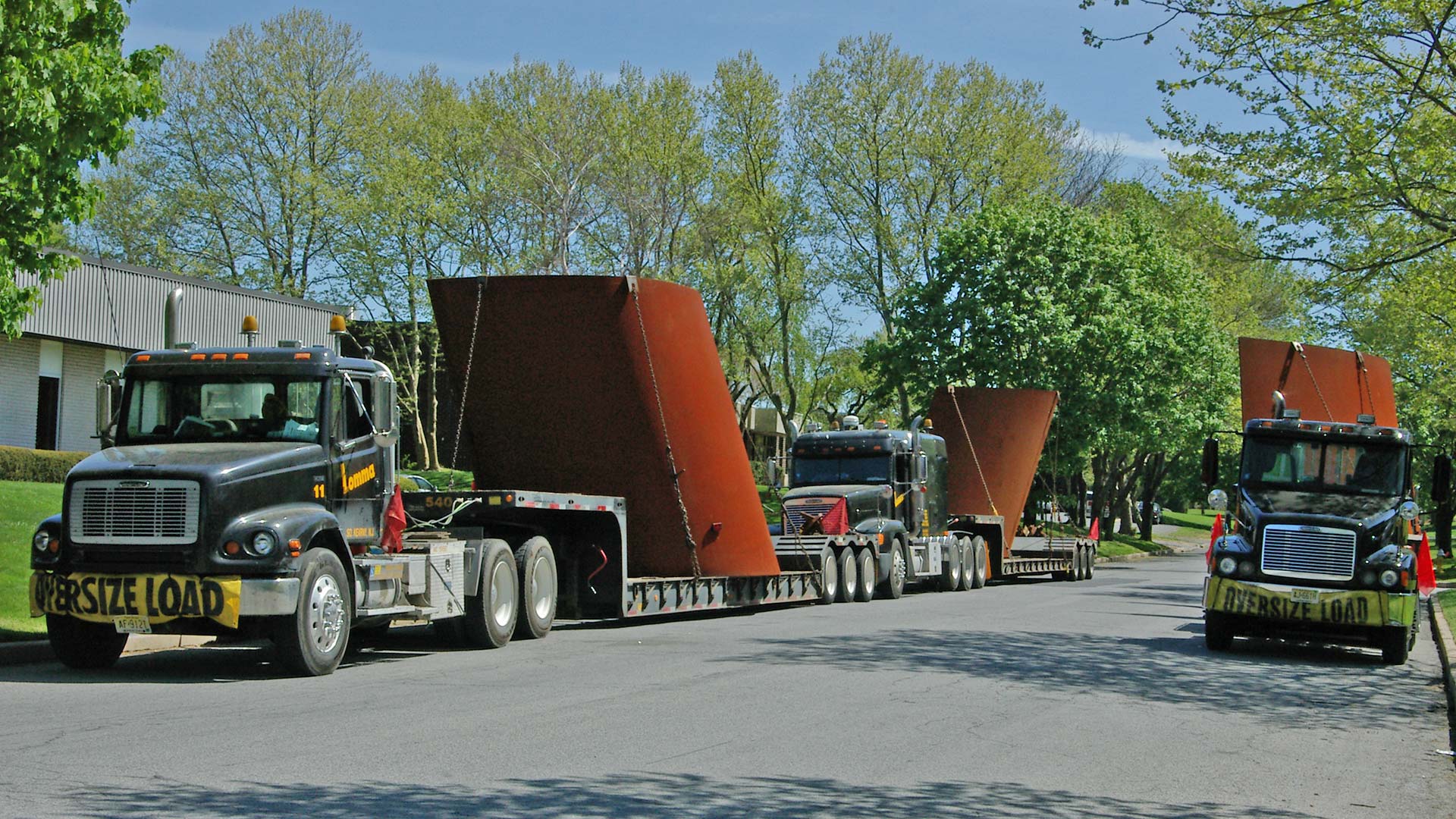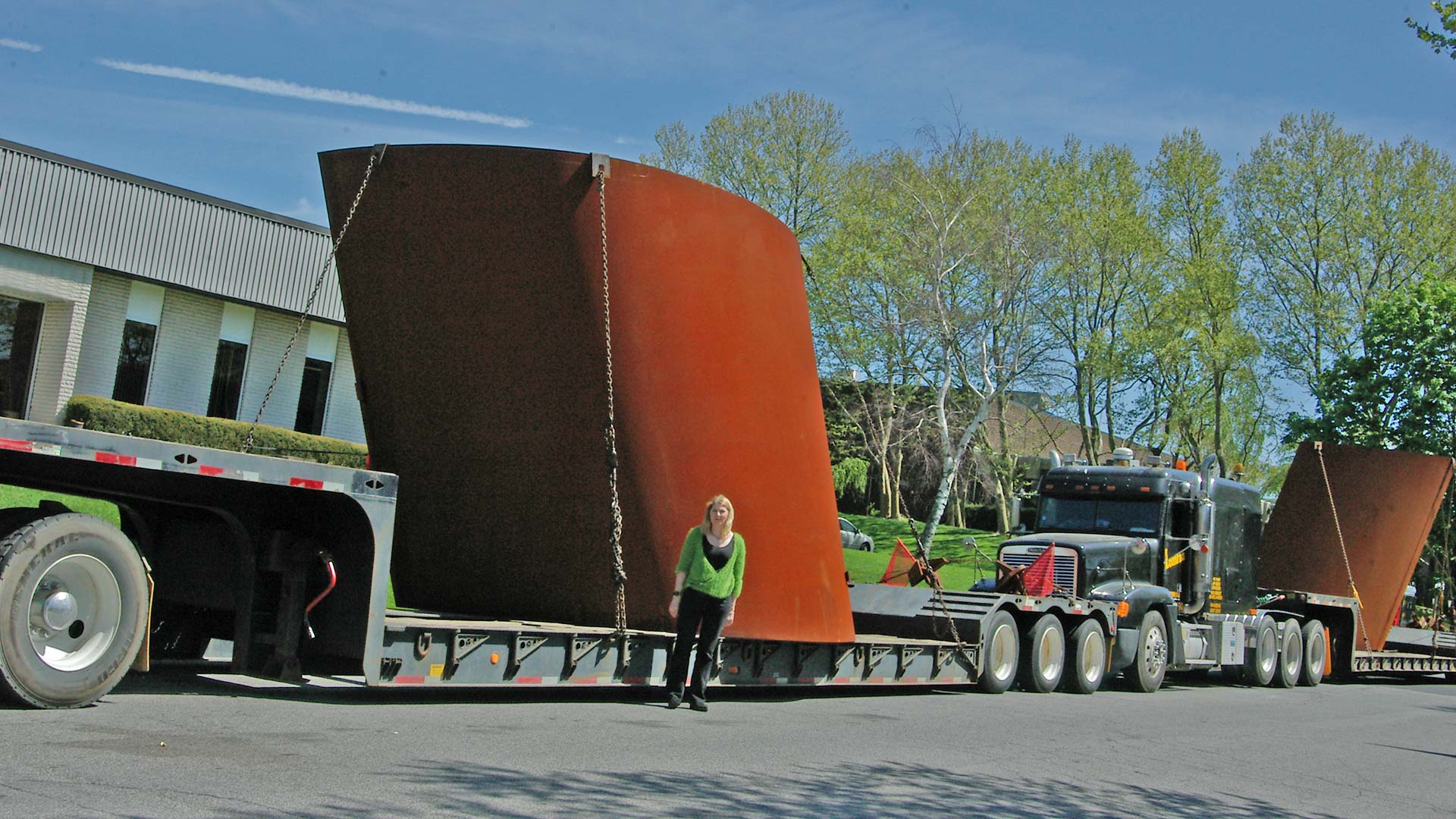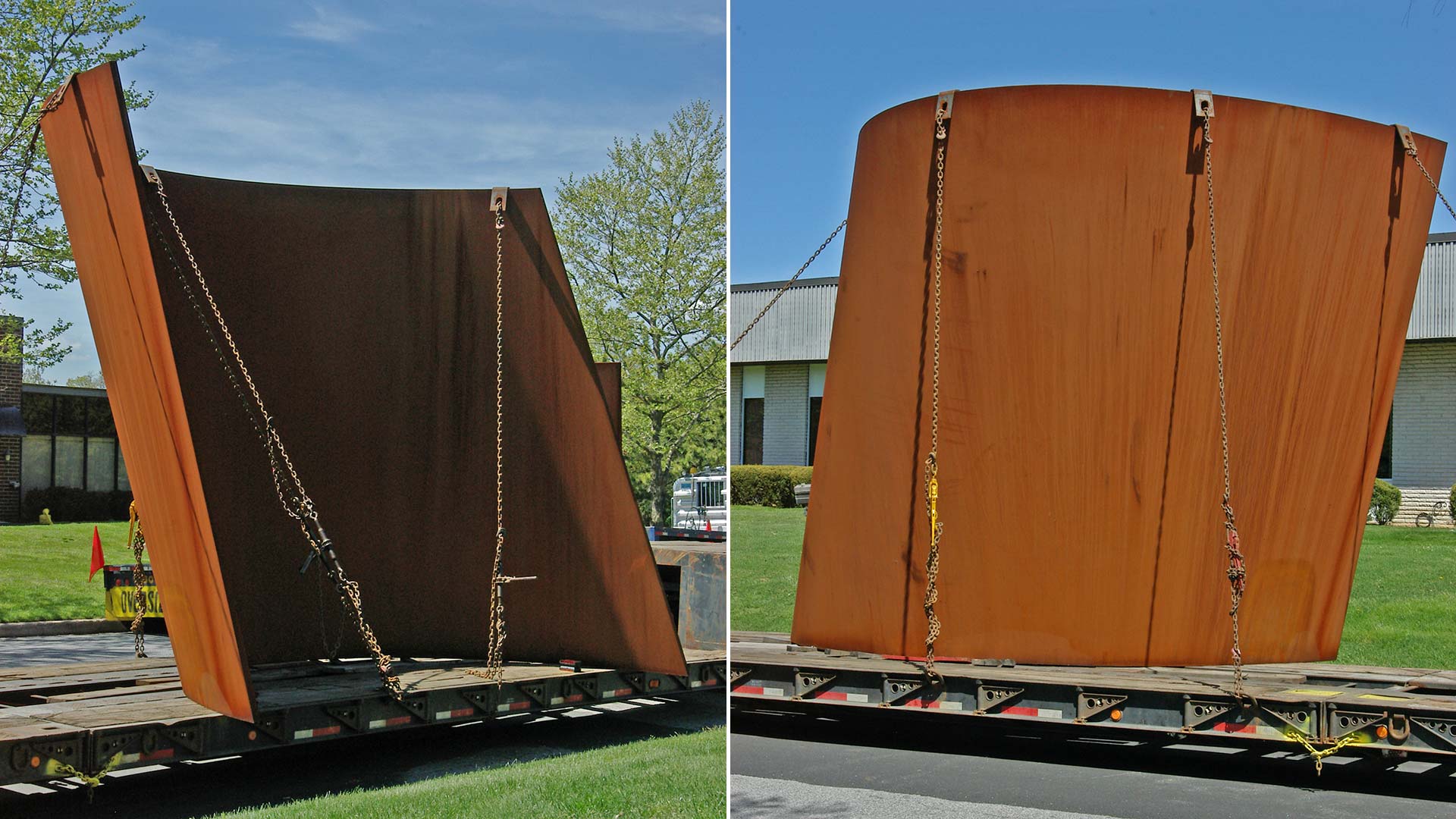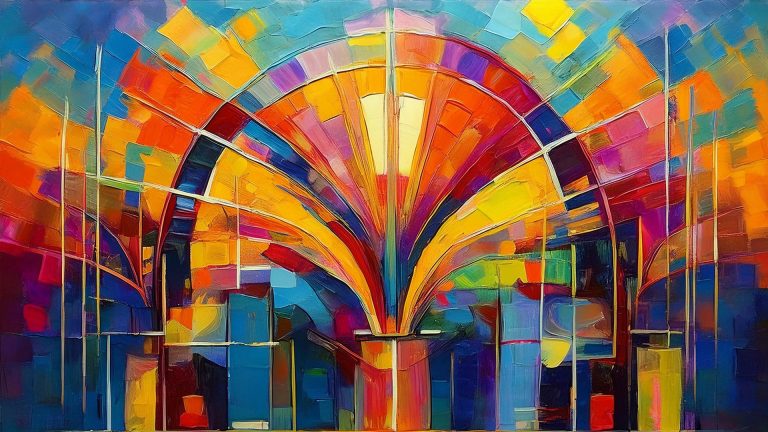A bold landmark in modern art
Read time 2 minutes 45 seconds
ichard Serra’s Tilted Arc is a masterpiece that redefined the way we engage with art in public spaces. Installed in Foley Square, also called Federal Plaza, New York City (NYC), from 1981 to 1989, this iconic sculpture quickly became the subject of global conversation, thanks to its bold design and the wave of controversy it sparked.
Crafted from weathered steel, Tilted Arc was a striking 120-foot long, 12-foot high curved wall that dominated its environment. With a slight forward tilt, its dynamic, angular form was designed to alter viewers’ perception of the space and encouraged interaction and a fresh perspective. Placed at the center of the plaza, Tilted Arc invited visitors to move around it and experience the public space in a new and immersive way. This was no ordinary sculpture meant to be admired from a distance; it was an engaging experience that invited viewers to become part of the artwork itself.
In May 2007, I had the incredible opportunity to be in the right place at the right time when a sculpture was being carefully loaded onto flatbed trucks from a storage yard. I watched in awe as the sculpture was transported overnight to the Museum of Modern Art in NYC, where it would be featured in the highly anticipated Richard Serra Sculpture: Forty Years exhibit. The following month, I had the privilege of experiencing Serra’s sculptures up close at the museum. Walking through the immense, assembled arcs was nothing short of breathtaking—it was a truly immersive experience that brought Serra’s visionary work to life in a way I’ll never forget.
Serra, a visionary of the Minimalist movement, is known for his use of industrial materials to create large-scale works that push boundaries and evoke powerful emotional responses. Tilted Arc was the perfect embodiment of his artistic philosophy and transformed a simple urban space into a living, breathing work of art. The massive steel wall not only altered the plaza’s physical layout but also altered how people interacted with it, challenging their sense of scale and movement.
Yet, the sculpture’s unique design led to its share of controversy. Many of those that worked in the plaza found the artwork obstructive and viewed it as a barrier rather than an enhancement to the area. Critics questioned its place in a public space and argued that it didn’t serve a decorative or functional purpose. After years of heated debate, the sculpture was ultimately removed in 1989, following a decision by the General Services Administration.
Despite its removal, Tilted Arc remains a definitive moment in the conversation around public art. Serra’s ability to provoke strong reactions and create works that challenge conventional thought continues to inspire. The legacy of Tilted Arc serves as a reminder of art’s power to transform environments, question societal norms, and spark ongoing dialogue about the role of art in public spaces. Even without its physical presence, Tilted Arc remains a symbol of both innovation and the challenges that come with reimagining public spaces.
